For photographers, understanding what a retainer fee is and how to use it properly can be critical to the success of your business. Retainer fees are an important part of ensuring you get compensated for your work before any services are rendered, but there’s more to it than just that. This comprehensive guide will explain what a retainer fee is and how you can use one as a photographer. You’ll also learn about the key benefits and risks associated with using retainers for photographers, so you can make sure this is the right route for your business.
Photography Pricing Terms Every Client Should Know
Retainer Fee
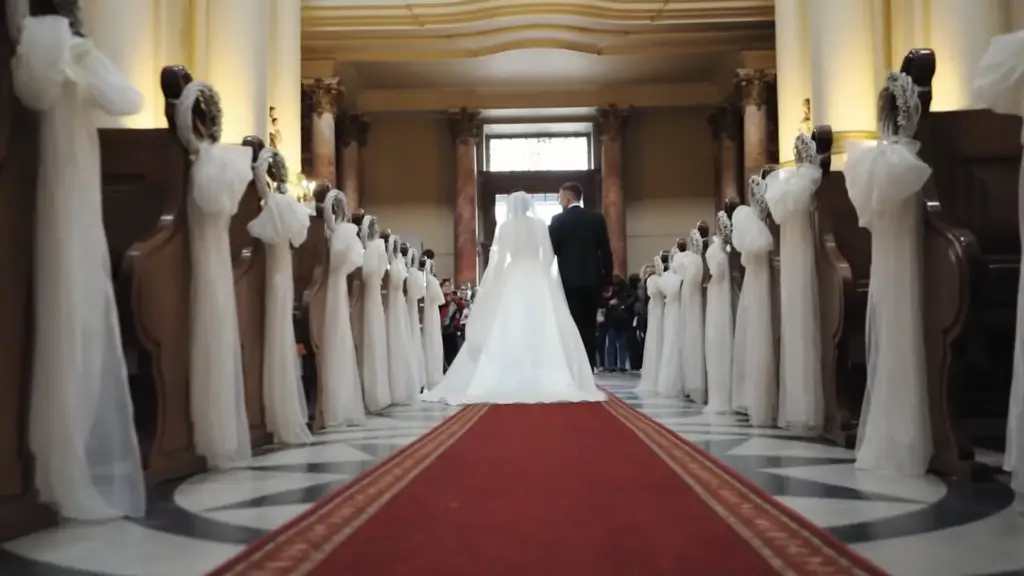
Sitting Fee
The sitting fee is a payment made by the client to cover the cost of photographing the subject. This includes all aspects related to setting up the photograph, such as background preparation and lighting adjustments. The amount of this fee is largely dependent on the complexity of the shoot, with certain elements like props or special effects adding to its overall cost.
Day Rate
The day rate is the amount of money charged by the photographer for a single workday. It is typically based on an hourly or daily fee, depending on the number of hours worked and services provided. The day rate must be agreed upon with the client prior to any actual photography work taking place, providing them with a clear understanding of what their financial commitment will entail [1].
What Exactly Is a Retainer Fee for a Photographer?
A retainer fee is an advanced payment made by the client to a service provider, such as a photographer. The purpose of the retainer fee is to guarantee that the photographer will be available for a certain period and will not take on other jobs during this period. This ensures that the client’s needs are met promptly.
Retainer fees are usually non-refundable and are paid before the photographer’s services are provided. The amount of the retainer fee is determined by factors such as the job scope, difficulty, duration and location. Sometimes, a photographer will require an additional retainer for a complex or extended project, which will increase the total cost of the project.
The retainer fee is paid in addition to other fees such as processing and editing costs, travel expenses and any equipment rental fees that are applicable. It may also include royalties or usage rights for photos taken by the photographer during the length of the agreement.
Retainers provide security and flexibility for both parties involved in a photoshoot. For the client, they guarantee access to the photographer’s services without having to compete with other clients. For the photographer, they ensure that their time and talent are adequately compensated for.
When hiring a professional photographer, it is important to read through the contract before signing. This will allow you to understand exactly what is included in the retainer fee and how much you are expected to pay. Doing so will help you avoid any unexpected expenses and ensure that your project is completed successfully.
At the end of the job, it is always a good idea to review your experience with the photographer. This will provide valuable feedback for both parties and will help improve future collaborations.

By understanding retainer fees and their purpose, you can ensure that your photography projects will be completed according to your expectations. Retainers provide security and flexibility for both clients and photographers alike, making them an essential part of any successful photoshoot [2].
How Do You Calculate a Retainer Fee?
When calculating a retainer fee, it is crucial to carefully consider various factors such as the duration, complexity, and scope of the project. The lengthier and more intricate the project, the higher retainer fee tends to be. However, it’s not just limited to these aspects. Other elements like travel expenses, equipment rental costs, and royalties should also be taken into account to ensure fair compensation for both parties involved.
It’s worth noting that photographers may require an additional retainer fee if the project’s scope changes or if it demands more work than initially anticipated. Therefore, it is essential to have a clear understanding of what is included in the retainer fee before signing any contracts, as this can help avoid unexpected expenses down the road. By considering all these details, both parties can ensure that their time and effort are adequately acknowledged and compensated.
Tips for Negotiating a Retainer Fee
Negotiating a retainer fee can be challenging, but it is important to ensure that both parties are adequately compensated for their efforts. Here are some tips to help you successfully negotiate a retainer fee:
- Research what other photographers in your area charge for similar services so you can get an accurate idea of what a fair rate is.
- Make sure that the retainer fee covers all the necessary costs such as travel expenses and equipment rental fees.
- Negotiate for an additional fee if the scope of the project changes or extra work is required.
- Get everything in writing so both parties know exactly what is included in the retainer fee.
- Communicate openly and discuss any concerns you might have before signing a contract.
By following these tips, you can ensure that your retainer fee is both fair and reasonable and that everyone involved in the project is adequately compensated for their efforts.

Pros and Cons of Negotiating A Retainer
Retainers can be a great way to ensure that your business has the support it needs when taking on large projects. However, there are some potential drawbacks of entering into retainer agreements that you should consider before signing any contracts.
Having access to an expert team not only enables you to focus on completing the project quickly and efficiently but also ensures that you have a wealth of knowledge and experience at your disposal. This allows for seamless collaboration and the ability to leverage the expertise of your team members, resulting in a more successful outcome.
Retainers play a crucial role in fostering a trusting and long-term relationship between you and your team. By establishing a retainer agreement, you create a sense of commitment and reliability, which in turn facilitates open communication and effective collaboration. This trust-based relationship fosters a dynamic environment where ideas can flow freely and everyone involved feels valued and supported.
One of the key advantages of agreeing on all terms of payment upfront is the ability to avoid unexpected fees. By clearly defining the scope of work, milestones, and payment schedule, both parties can have a shared understanding of the project’s financial aspects. This transparency not only helps in budgeting and financial planning but also minimizes the chances of any misunderstandings or disputes down the line.
In summary, having access to an expert team, establishing a retainer agreement, and agreeing on all terms of payment upfront are all essential elements that contribute to the success and smooth execution of a project. These practices not only provide a solid foundation for collaboration but also enhance efficiency, communication, and financial transparency [3].
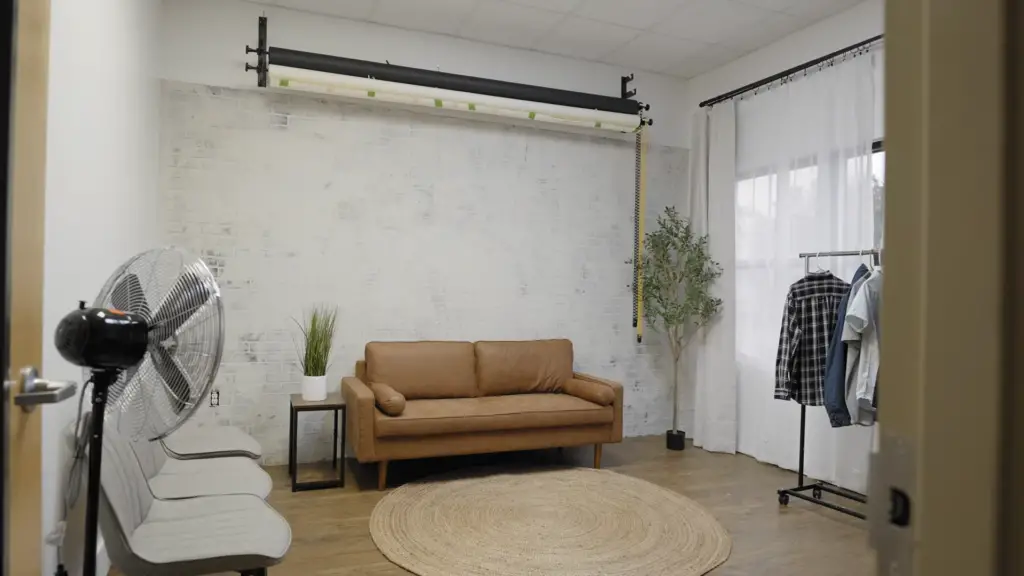
Cons:
- Once you agree with a retainer, it may be difficult to get out of if something goes wrong. This could involve additional expenses or an extended timeline for project completion.
- You will need to keep track of the hours you spend on the project, which can be time-consuming and tedious.
- Depending on the complexity of the project, retaining a team may require upfront costs that are more expensive than hiring a single consultant.
- Retainers provide a sense of commitment and reliability, but it is important to ensure that your team can efficiently deliver quality work.
- Finally, retainer agreements are legally binding contracts, so you should take the time to read all clauses carefully before signing any documents.
By understanding both the pros and cons of negotiating a retainer agreement, you will be better equipped to make an informed decision. Taking into account the scope of work, payment terms, team capabilities and availability, and other relevant factors will help ensure that your project is successful and your business has all the support it needs.
Building A Retainer Agreement with a Photographer
Creating a retainer agreement with a photographer is an important way to ensure that the project will be successful. A retainer agreement helps define expectations for both parties and can serve as legal documentation in case of any disputes.
When creating a retainer agreement, several key elements need to be included. First, it should include the scope of services to be provided by the photographer. This should include how many hours of photography services will be provided, what type of photography will be included (e.g., portrait, landscape, etc.), and any other details that are necessary for the project.

Second, the retainer agreement should include information about payment terms for the photographer’s services. This typically includes an upfront payment and additional payments for any additional services that the photographer may provide. It should also specify when payments are due and how they will be made (e.g., via check, online payment).
Thirdly, it is important to include a clause in the retainer agreement that specifies who owns the copyright for any photographs taken during the project. This should include details about whether or not the photographer retains the copyright or if the photographs will be transferred to the client.
Finally, the retainer agreement should include a clause that outlines any potential dispute resolution procedures. This can help both parties amicably settle disputes without having to resort to costly litigation.
In addition, a retainer agreement serves as legal documentation should any disputes arise during or after the project. It is therefore essential for businesses to create a strong and detailed retainer agreement with their photographers before beginning any project. Doing so can help ensure the success of the project and protect both parties in case of any disputes.
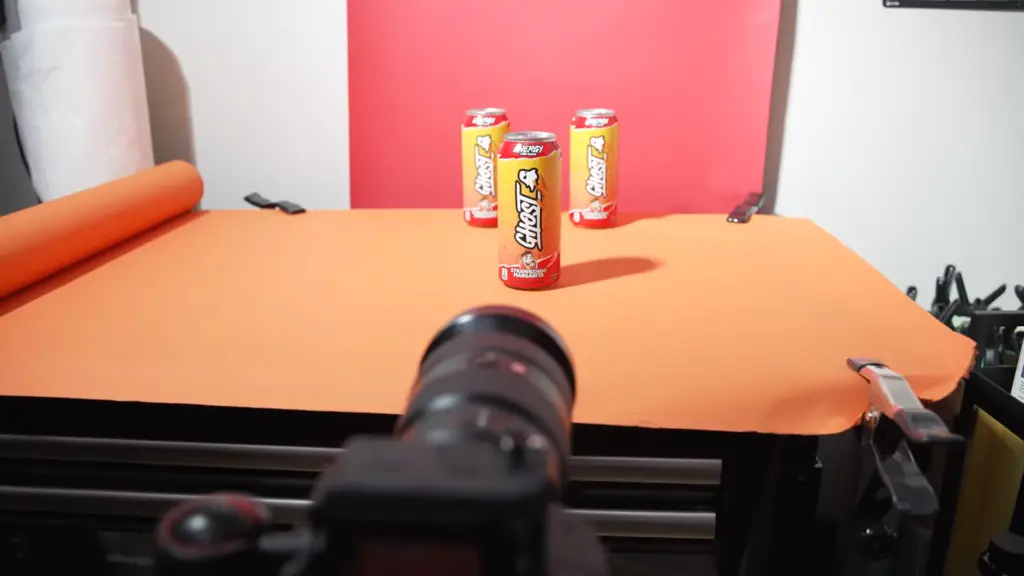
FAQ
How does a retainer work for a photographer?
A retainer is an agreement between a photographer and their client. It’s a regular payment made to the photographer in advance, usually every month, for services that are agreed upon in the contract between both parties. This payment helps ensure that the photographer has income stability while also allowing them to provide their services over a longer period without having to worry about recurring payments.
A retainer also helps solidify the relationship between photographer and client, as it signals a commitment to the long-term relationship over time. This can lead to better results since both parties know what is expected of them from the start of the agreement and can plan accordingly.
The types of services that could be provided under a retainer agreement can be anything from hourly services to monthly projects. It could also include access to a photographer’s portfolio or even discounts and special offers for events or products they have photographed in the past. Ultimately, the retainer agreement should be tailored to best serve both the client’s needs and the photographer’s interests.
What benefits does a retainer provide?
Having a retainer agreement in place can provide many benefits to both the photographer and their client. Most importantly, it provides income stability for the photographer as they know they will receive regular payments from their client each month. It also allows the photographer to focus on providing consistent quality services without worrying about recurring payments or having to search for new clients.
For the client, a retainer agreement can provide peace of mind that their photographer will be available whenever needed and at the same quality as before. It can also help them save money in the long run since they don’t have to worry about paying for services on an hourly basis or signing contracts with multiple photographers over time.
Overall, a retainer agreement is beneficial for both parties as it allows for a mutually beneficial relationship over time. It ensures that the client gets the best services possible from their photographer while also providing financial stability and peace of mind to the photographer.
How does a retainer fee work?
The retainer fee is the amount of money that a client pays to the photographer in advance for services provided. Usually, this fee is paid every month and should be determined based on both parties’ needs. For example, if the client requires more complex or long-term projects from the photographer, then they may have to pay a higher retainer fee than if they just needed quick, one-off projects.
The fee should also be determined based on the market rate for similar services. This ensures that both the photographer and client are getting a fair agreement based on industry standards and trends. Additionally, both parties should ensure that their retainer fee is reviewed regularly to account for any changes in the market or services provided.
What does 50% retainer mean?
A 50% retainer means that the client is required to pay half of the agreed-upon fee upfront before the services are provided. This payment serves as a guarantee for the photographer that they will receive their money and also signals to them that the client is serious about getting the work done.
The other half of the fee is usually due after all services have been completed and the client is satisfied with the results. This allows for flexibility in case any changes need to be made or additional services are required during the project.
Ultimately, a 50% retainer fee helps ensure that both photographer and client are happy with their agreement, as it assures that the work will be done while also giving them financial security.
What is a good retainer fee?
The amount of a retainer fee will vary based on the services provided and the market rate in that area. Generally speaking, a good retainer fee should be enough to cover both parties’ needs without putting one at an unfair advantage over the other.
For example, if the photographer is providing complex and long-term projects, then they should receive more money than if they were just providing one-off services. Similarly, the client should make sure that the retainer fee is in line with market rates so that they know they are getting a good deal for their money.
Overall, both parties should take into account all services being provided and industry trends when determining a good retainer fee. This will ensure that everyone involved in the agreement is getting a fair deal and that the project is completed to satisfaction.
What is included in a retainer fee?
The exact services provided under a retainer fee will depend on what was agreed upon between the photographer and the client. Generally speaking, it could include anything from hourly services to monthly projects. Additionally, some photographers include access to their portfolio or special discounts and offers for events or products they have photographed in the past.
Both parties must agree on what is included in the retainer fee before any work begins so that everyone knows what to expect. This will also ensure that both photographer and client are getting a fair deal based on what services are being provided.
What is a retainer in royalty?
A retainer in royalty is a payment made upfront to the photographer for the usage of their work. This could include anything from product images to stock photography and any other type of copyrighted material.
The royalty rate will vary depending on the usage rights that are granted, but generally speaking, it should be in line with industry standards. The fee should also cover any potential legal costs in case of a dispute and the photographer should receive their payment before any usage begins.
Overall, having a retainer in royalty is beneficial to both parties as it allows the photographer to get fair compensation for their work while also providing peace of mind that their rights are being respected. It’s important to remember that these fees should be reviewed regularly to account for any changes in the market and ensure that both parties are getting a fair deal.
Useful Video: Pricing Retainer Fees Without Knowing the Scope
Conclusion
So, a retainer fee for photographer services is an essential part of any business. For clients, it is important to remember that the retainer fee should be negotiated between the client and photographer to ensure both parties are satisfied with the outcome of the project. As such, both parties should take into consideration factors such as timeline, budget, and terms before making a final decision. It is also wise to establish a contract with the photographer to ensure that both parties understand and agree to the terms of the arrangement.
References
- https://www.stevencottonphotography.com/2020/02/01/3-photography-pricing-terms-every-client-should-know/
- https://wildromanticphotography.com/melbourne/tips-advice/what-is-a-retainer-fee-for-photographers/
- https://nulab.com/learn/project-management/what-is-a-retainer-pro-tips-to-navigate-this-business-agreement/






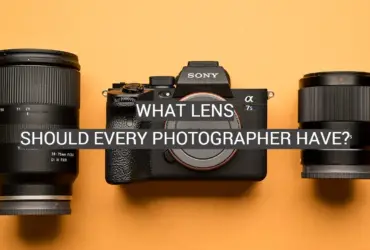



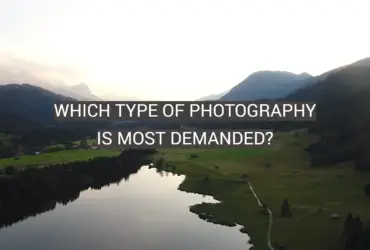

Leave a Reply